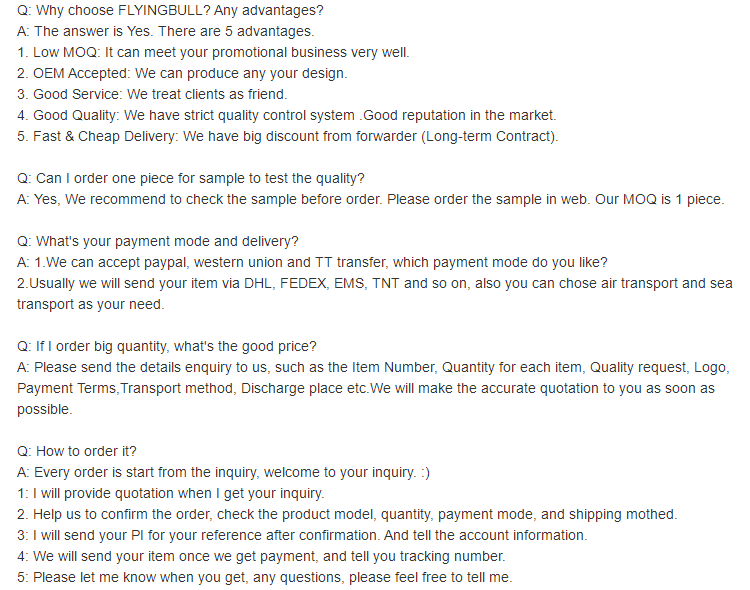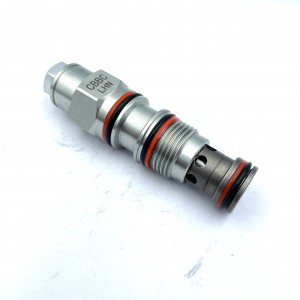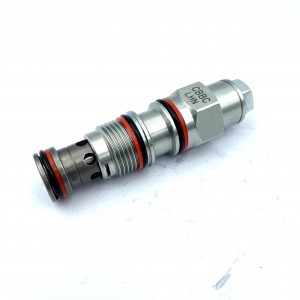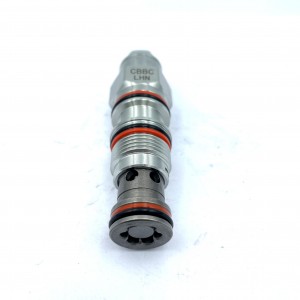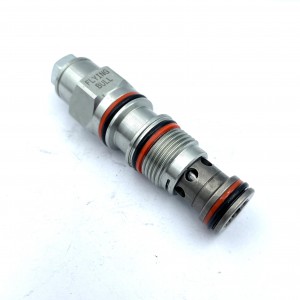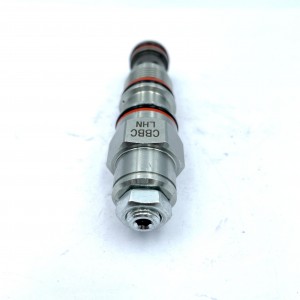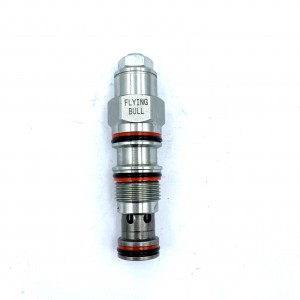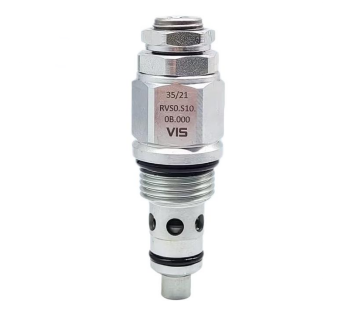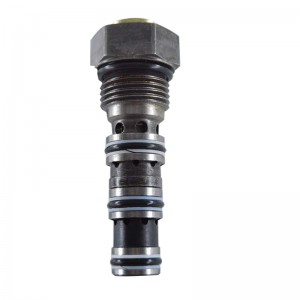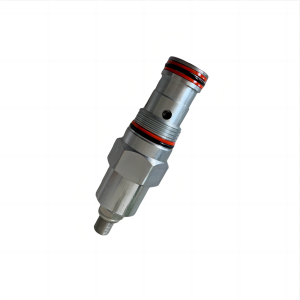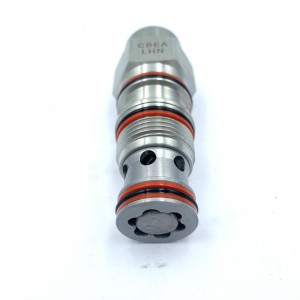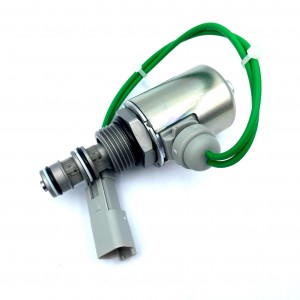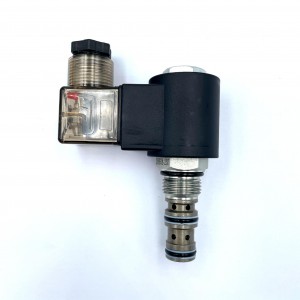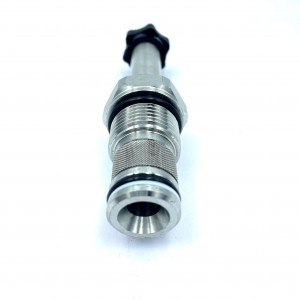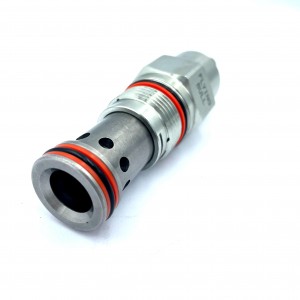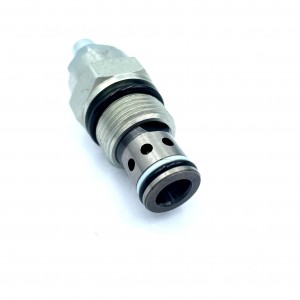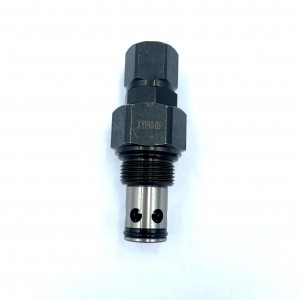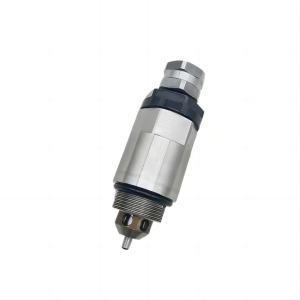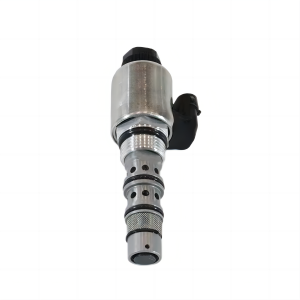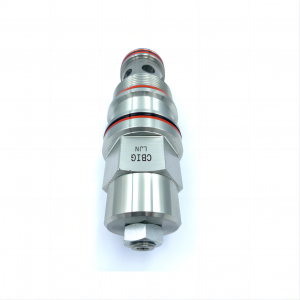Balance valve Hydraulic counterbalance valve Pilot regulator CBBC-LHN
Details
Dimension(L*W*H):standard
Valve type:Solenoid reversing valve
Temperature:-20~+80℃
Temperature environment:normal temperature
Applicable industries:machinery
Type of drive:electromagnetism
Applicable medium:petroleum products
Points for attention
Solenoid valve
It is an industrial equipment controlled by electromagnetic, which is an automatic basic component used to control fluids, and belongs to the actuator, which is not limited to hydraulic and pneumatic.
Used in industrial control systems to adjust the direction of media, flow, speed and other parameters. The solenoid valve can be combined with different circuits to achieve the desired control, and the precision and flexibility of the control can be guaranteed. There are many kinds of solenoid valves, different solenoid valves play a role in different positions of the control system, the most commonly used are check valves, safety valves, direction control valves, speed regulating valves and so on. So electric
How does the magnetic valve work?
Solenoid valve working principle, solenoid valve has a closed chamber, open holes in different positions, each hole connected to different tubing, the middle of the chamber is a piston, two sides are two electromagnets, which side of the magnet coil electrified valve body will be attracted to which side, by controlling the movement of the valve body to open or close different oil discharge holes
Flow rate to achieve the purpose of controlling the operation of the fluid system.
The above is about the role and working principle of the balance valve, this article mainly introduces the role of the balance valve, structure, working principle, characteristics and application to help you better understand the balance valve, and can choose and use the balance valve correctly according to the actual situation.
Product specification
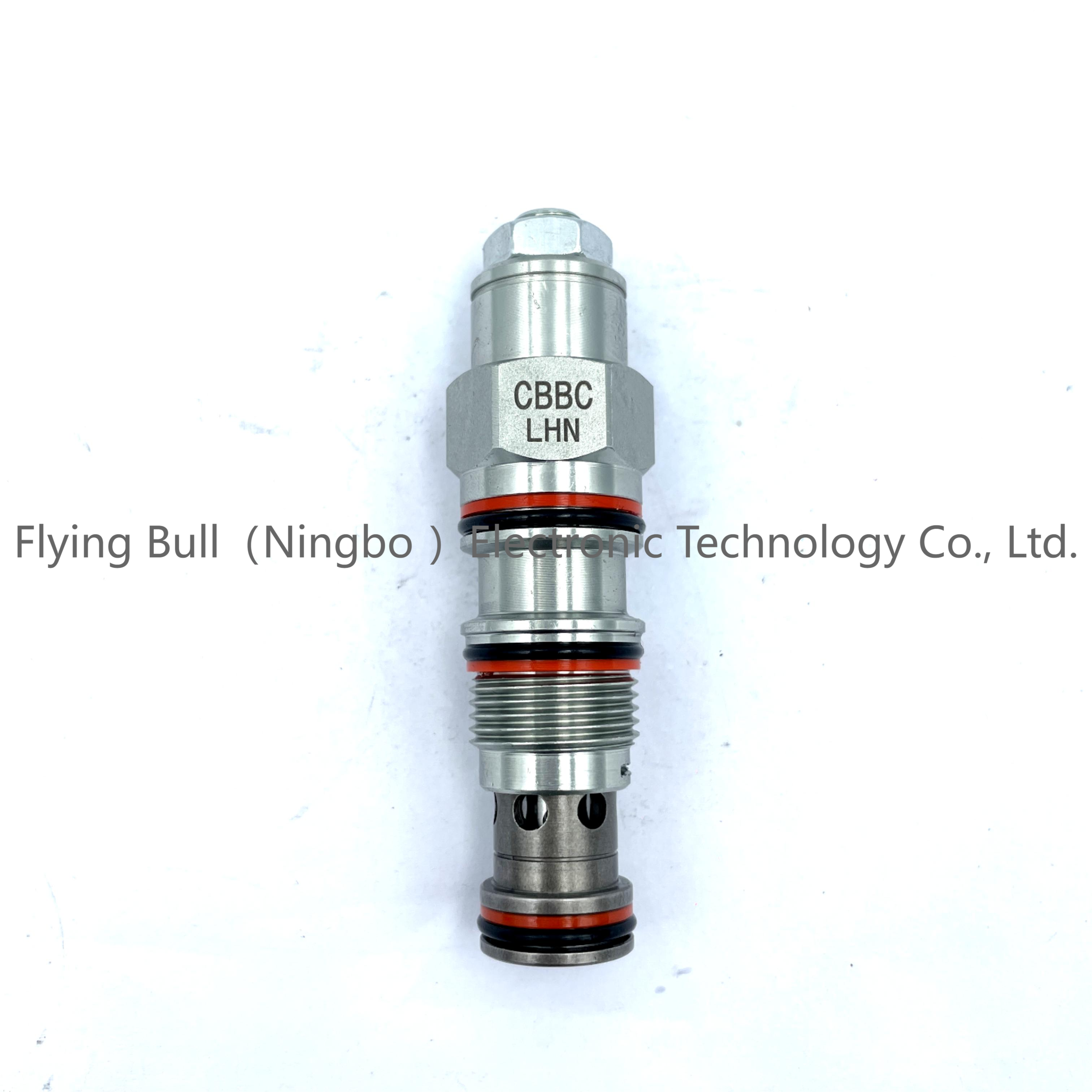
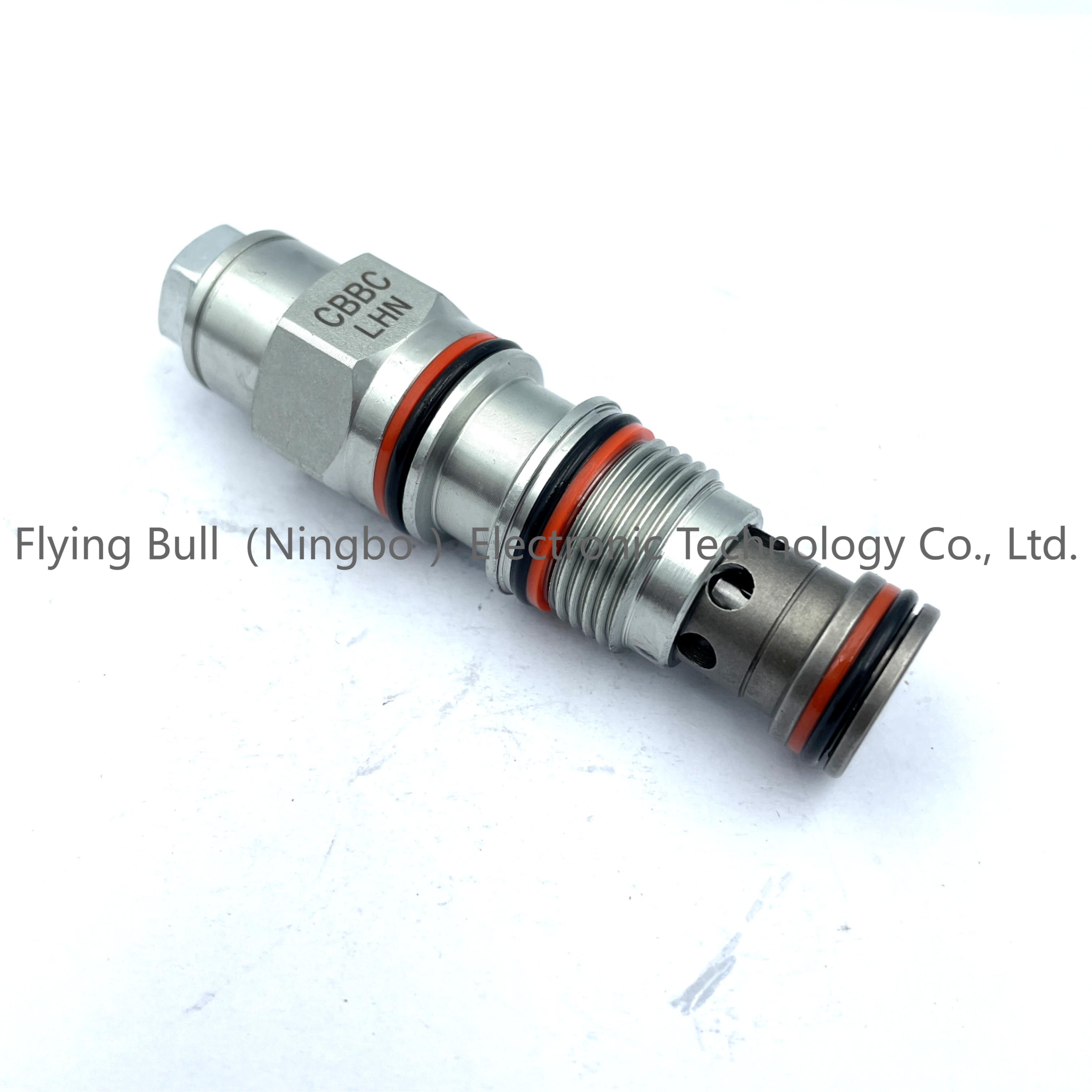
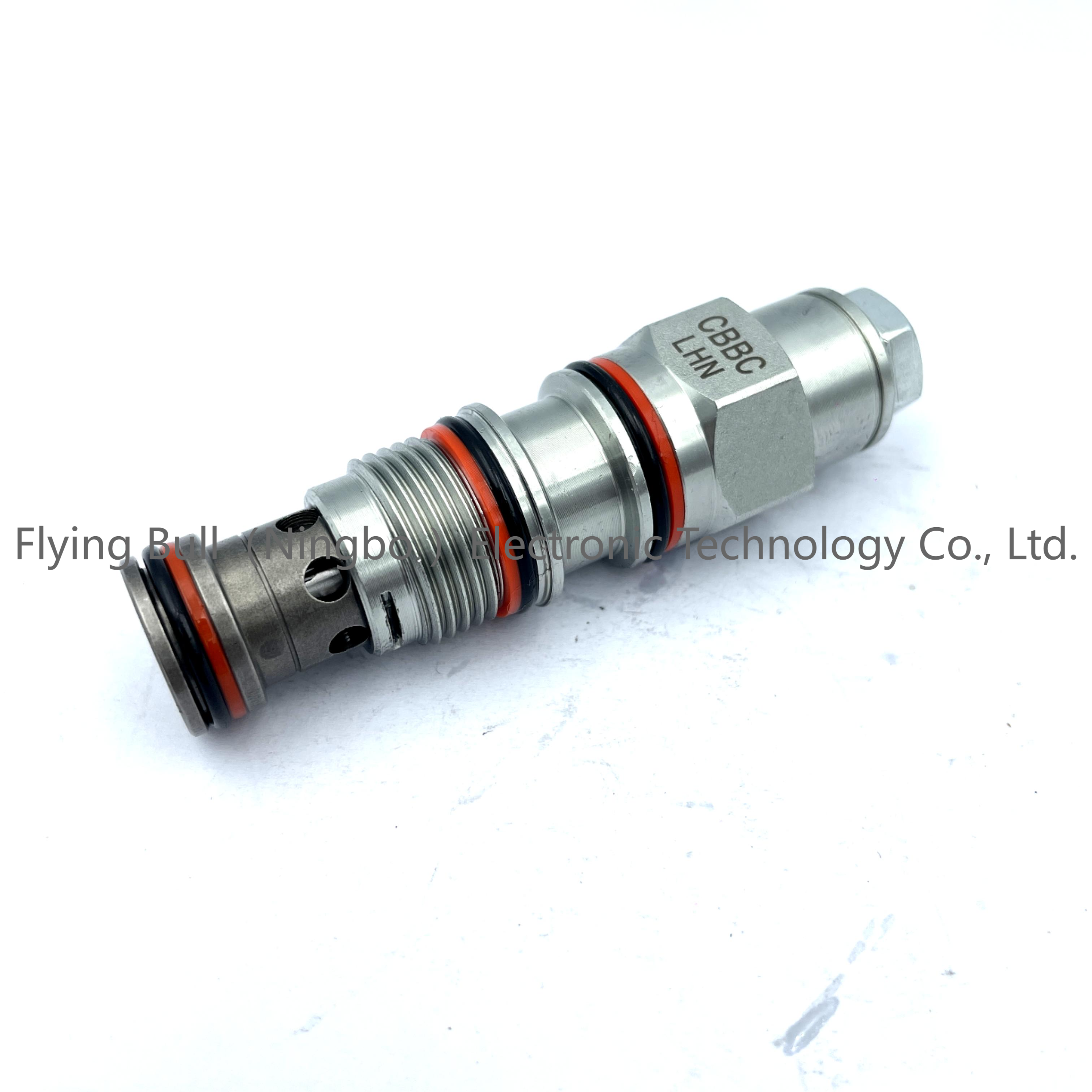
Company details







Company advantage
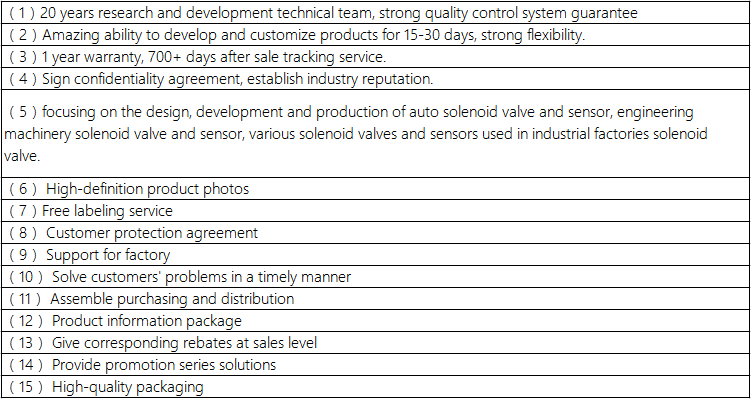
Transportation

FAQ
